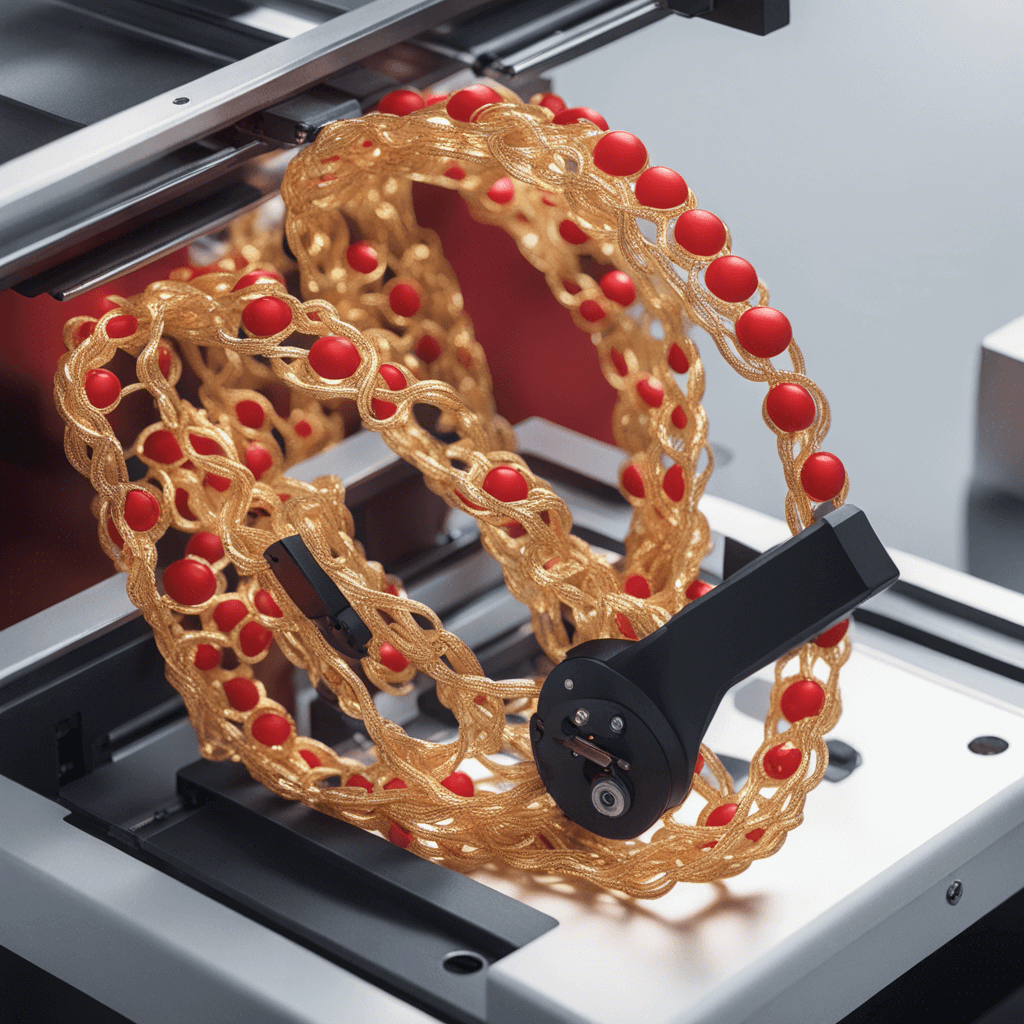
Creating jewelry with 3D printing
Introduction
3D printing is a technology that allows the creation of three-dimensional objects from a digital model. This technology has revolutionized the world of jewelry, offering the possibility of creating personalized jewelry with unique designs and innovative materials.
In this article, we'll explain how the 3D accessory printing process works, what materials can be used, and the advantages of this manufacturing method.
What is 3D printing?
3D printing is a process that involves depositing successive layers of material until the desired object is formed. The material can be plastic, resin, or metal, depending on the type of product to be created.
To print any accessory, a digital file of its design is required. This file can be created using 3D design software or by scanning an existing accessory. The file is then sent to a 3D printer, which uses a laser or nozzle to deposit the material layer by layer.
The time it takes to print the accessory depends on the size, complexity, and type of material used. The process can typically take from a few minutes to several hours.
What materials can be used to print accessories?
The material used to print accessories can vary depending on the client's taste and needs. Some options are:
- Resin: It's an ideal material for accessories with fine details, as it allows for very high print resolution. Resin is transparent and hardens when dry. It can be colored with pigments or paints.
- Plastic: It's a more durable material than resin, but it's not as malleable. Plastic is cheaper and easier to work with traditional methods. It can be molded with heat or pressure.
- Metal: This is the most expensive material, but also the most durable and resistant. Metal comes in a wide variety of colors and finishes. It can be combined with other materials such as precious stones or pearls.
What are the advantages of 3D printing for making jewelry?
3D printing offers several advantages over traditional jewelry manufacturing methods. Some of these are:
- Customization: 3D printing allows for the creation of personalized accessories with unique and unrepeatable designs. Customers can choose the size, shape, color, and details according to their preferences.
- Innovation: 3D printing makes it possible to manufacture accessories using materials that are unusual or difficult to work with using traditional methods. For example, recycled or lab-grown metals can be used.
- Reduction: 3D printing allows for reduced production costs, which can make accessories more affordable and accessible to everyone.
Conclusion
3D printing is a technology that has transformed the way we think about jewelry, especially rings. With access to digital models and STL1 files, people can create their own innovative designs using a variety of materials such as resin, plastic, or metal, while reducing costs.



